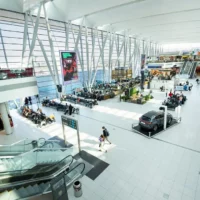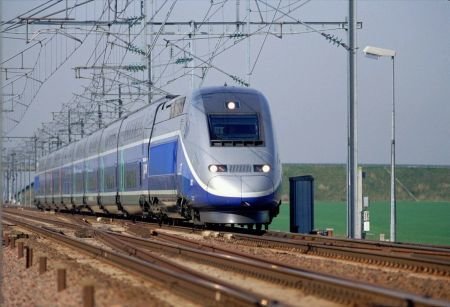Budapest-Belgrade railway line would be built by Hungary and Serbia with Chinese loan on the basis of a tripartite agreement signed in December last year. At the beginning of 2014, a Hungarian delegation led by Viktor Orban visited China, this project was also discussed. The core of the development would be that to the now largely single-track line would be expanded as two-lines would enable trains to run 160 km / hour on it. Whether we look at the passenger or freight traffic data, this development would not make too much sense since it does not seem to that the improvement could return, 444.hu says.
Mostly, this project would be welcomed by the Chinese: on one hand, they could connect their ports, which were acquired in Greece, with the European railway network, on the other hand, the Chinese construction industry, which has no tasks since the slowdown of the Chinese industry, could show itself with a giant investment in the EU.
Among the two options above, the second one is more important as not only the Budapest-Belgrad section should be renovate, but also the line running from the Serbian Nis through Skpje to Thessaloniki since it is in a terrible state too.
Figyelo acquired the tripartite Chinese-Serbian-Hungarian agreement on the development of the railway line, but according to their article published in last Thursday there is nothing evident in that, just the parties intend to make the current line to two-lines and the Serbian and Hungarian parties also prepare of their feasibility studies, which was finalized by the Chinese. Beijing will decide on that basis whether they give credit to the realization, 444.hu says.
It is almost certain that such a large investment could not be paid by Hungary alone and the EU would not give money, since Serbia and Macedonia are not EU-members. So the rail corridor line connecting Greece with the EU does not come through the Belgrade-Skopje line, but via Bulgaria and Romania. Brussels only gives source for the Hungarian-Romanian-Bulgarian railway improvements. So by all means, money must be asked from the Chinese, but apparently they only give money, if they see in the feasibility studies that a a significant part of the construction would be finished by Chinese companies. But this, because of the EU public procurement rules may be advised to keep it, 444.hu says.
Figyelo estimates that the development would cost roughly HUF 398 billion between Budapest and Kelebia (the border crossing point to Serbia).
On this line, only 4000 passengers travel daily which is just 1% of the Hungarian railway passenger traffic. Occupancy rate of the line would be even 130 thousand, if all inhabitants of the nearby settlements would use it. With these data, loss would be bigger than in the case of Metro 4.
based on the article of 444.hu
translated by BA
Source: www.444.hu
please make a donation here
Hot news
Three Ukrainian men rescued from freezing Tisza River in Hungary while attempting to flee mobilisation
Hungarian banking system declared stable and highly profitable in latest central bank report
Breaking: Forint hits new low against the euro as exchange rate surges past 413
Hungary eases prison visit rules, allowing more humane family reunions
Filipino workers step in to milk cows in a small Hungarian village
Budapest city assembly postpones deputy mayor vote amid political tensions




